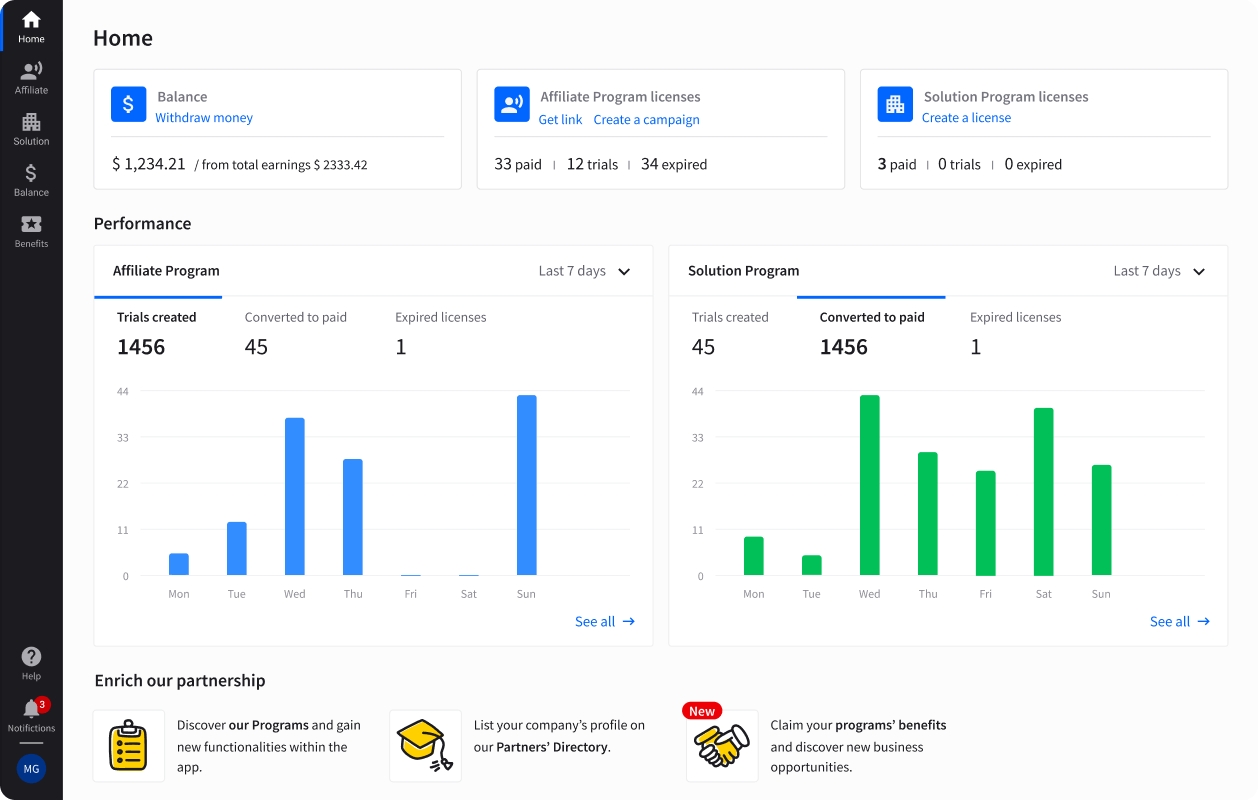Showing top 0 results 0 results found
Showing top 0 results 0 results found

For ecommerce brands, personalized content can be a gamechanger. It helps them cut through the noise, connect with customers, and grow their sales multifold. In fact, marketers who leverage content personalization witness a 20% increase in sales on average.
Clearly, consumers are in love with personalized content, especially from brands that they engage with.
Don’t believe me?
Then, check out these stats: 87% of people claim that the key to winning their business is treating them like a person and not another lead or number, according to a Salesforce survey. And, 80% say they are keen to engage with brands (44% of them repeatedly) that offer them a personalized experience.
That’s the power of content personalization for ecommerce.
If you’re behind the curve, start with a basic definition of content personalization. It means tailoring content according to the behavioral, contextual, and demographic data of each consumer.
Let’s discuss three of the best ways to boost your ecommerce business by using content personalization.
1. Display relevant product recommendations
Companies like Amazon thrive because they show relevant product recommendations to their audiences, even first-time visitors. It’s no wonder that 44% of people start their shopping journeys on Amazon.
It’s not as if brands like Amazon are blessed with superpowers that they can predict what kinds of products their visitors are looking for. They make conscious efforts to understand their audiences.
How?
Their search engines track browsing patterns and shopping histories to learn about the needs and interests of their visitors/customers. Joining the dots, they can easily guess products that will appeal to their audiences.
I understand that such cutting-edge technology may not be within your budget, but that doesn’t mean that you can’t capitalize on contextual shopping recommendations.
You can ask consumers about their shopping preferences directly by using surveys or onsite chatbots. You’ll be surprised to know that 82% of people are willing to share their information if they get personalized shopping experiences in return.
And guess what?
If you’re using LiveChat, you can seamlessly offer personalized shopping recommendations to your buyers - directly in a chat. You can see an example of such a recommendation in the video below, this is how product cards feature look like for the Shopify platform.
A word of caution here:
In your quest for user insights, don’t disrupt the UX - a common ecommerce blunder. That can have a counterproductive effect and drive away potential customers.
Take a cue from American Eagle Outfitters.
They use a bot called “Aerie” to gather shopping preferences from their visitors. Through a this-or-that quiz, the bot shows various shopping options and keeps analyzing responses. At the end of the quiz, the bot has a set of shopping suggestions based on each user’s response. That kind of seamless personalization can multiply your conversions while keeping the UX intact.
2. Personalize your emails using signup information
When a visitor signs up for your newsletter, they’re hoping for valuable content that fulfills their needs and interests. But when you serve them cookie-cutter emails, they can get frustrated and unsubscribe or worse, abandon your brand altogether.
So, what’s the solution?
Dig into your subscriber list and collect as much information as you can about your subscribers. But, instead of overwhelming them with lengthy sign-up forms, follow them around the web and social media platforms to gather their behavioral data.
If you use tools like Mailchimp, you can segment your subscribers according to age, location, profession, buyer history, interests, and other parameters. Then, you can compose personalized subject lines for each segment, which can result in 26% more open.
Apart from subject lines, you also need to create dynamic body content for each segment/subscriber. If this is beyond your scope, consult an expert content marketer who can formulate emails that stand out in crowded inboxes.
Sounds complicated?
Actually, it’s quite simple. And, it goes well beyond using recipients’ first names in subject lines and greetings.
An email that begins with “Hi Maria” and goes on to show deals on men’s shoes is not a great example of personalized email. But, if you include direct links to Maria’s shopping cart or offer discounts on her wishlist items, that should do the trick.
Or, you could remind Maria that she needs to reorder her protein supplement and bundle up her favorite flavors at concessional rates. That’s the level of personalization you should strive to achieve to match the likes of Amazon and Target.
You can also send event-triggered emails to celebrate birthdays, anniversaries, and shopping milestones. Those are bound to leave your audience with a warm, fuzzy feeling about your brand. This will help you grow your dropshipping sales.
Customer appreciation emails with personalized offers can also add to your sales. They also foster loyalty and reduce customer churn in a big way.
3. Retarget inactive customers with personalized ads and content
We all have customers who signed up for our newsletters but never open our emails, shoppers who left items in their carts, customers who never returned after one purchase. To re-engage these people, you can use retargeting ads.
Retargeting lost customers with relevant content and ads can drive them back to your website, improve brand awareness, and build trust. Moreover, since retargeting ads are non-invasive, they don’t hamper the UX.
Even though they’re hidden in page corners and folds, these ads garner more attention than display ads. In fact, 58% of people admit that they notice ads of products they’ve browsed, seen, or carted before.
Clearly, retargeting ads are a powerful tool for ecommerce marketers. But when combined with content personalization, these ads become a lethal sales machine.
Here are some advanced tips to personalize retargeting ads and content:
- Segment your website visitors depending on their dwell time, pages visited, and visit volume. Create separate ad campaigns for each segment.
- Do cross-channel advertising to keep consumers hooked on your brand. Keep firing retargeting ads at all the touchpoints encountered in a buyer’s journey.
- Sometimes, educating your consumers can help score conversions faster. If they’ve shown interest in your products/brand but haven’t converted, you can send them targeted content (tutorial videos, user manuals, etc.) about how the concerned product adds value to their lives.
- Use customer success stories to win over reluctant visitors. Back your testimonials with compelling social proof to add credibility.
In a gist
Content personalization for ecommerce can give your business a huge competitive advantage. You can become a preferred brand for your audience - someone they trust and return to repeatedly.
Contrary to popular belief, you don’t need to develop AI-enabled search engines to get user insights. Just start small using the three tactics I’ve explained above and scale up as your sales grow.
Do you have any questions about ecommerce marketing or content creation? Feel free to ask them in the comments section.



